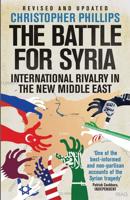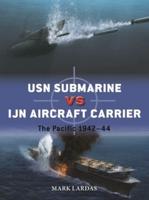Publisher's Synopsis
This study on airlift, written before Operation Iraqi Freedom began, has greater relevance now that we have some clear lessons about the vital importance of airlift for operations in Iraq and Afghanistan. In Unmanned Airlift: A Viable Option for Meeting the Strategic Airlift Shortfall, Lt Col Chad T. Manske points to the growing dependency on strategic airlift as well as the abiding corollary that there will continue to be a shortfall in strategic airlift. Quite naturally, he asked whether there might be a suitable role for unmanned airlift in the Air Force. To get to the analysis, Colonel Manske raised three crucial questions: (1) are operational requirements able to justify unmanned airlifters, (2) are current and emerging technologies likely to meet these potential operational requirements, and (3) are the operational concepts cost-effective? Unsurprisingly, the author found a paucity of operational requirements. The first step in applying new technology is to convince unified combatant commanders and defense planners of a viable potential. Generally, operational and combat planners think primarily about capabilities available in the present. In addition, a long history of unproven aircraft concepts translates to high reluctance by the DOD and senior military leaders to commit funds to programs that show little near-term prospects of success. Clear assurances are needed to invest in procurement and acquisition of these new systems and attendant capabilities. The author suggests that the current shortfall of aircrew, the evident progress in emerging unmanned aircraft technology, and the currently increasing funding of unmanned aerial vehicle (UAV) research and development are all providing impetus to investigate the unmanned airlift concept. Colonel Manske thoughtfully provides an interesting scheme for employing these large vehicles using a monitoring mother ship to mitigate the very real problem of globally navigating in controlled airspace occupied by manned aircraft. He is also hopeful that air traffic management procedures will be upgraded to support autonomous UAV operations. Finally, the author has three suggestions for a DOD investigation: 1) Agents must perform a detailed cost-benefit analysis, learning best practices from Joint Unmanned Combat Air Systems and UAV programs; 2) Charge Defense Advanced Research Projects Agency with the responsibility of determining the feasibility of concepts for unmanned airlift; and 3) Use war games to determine and establish a feasible concept of operations and employment.










